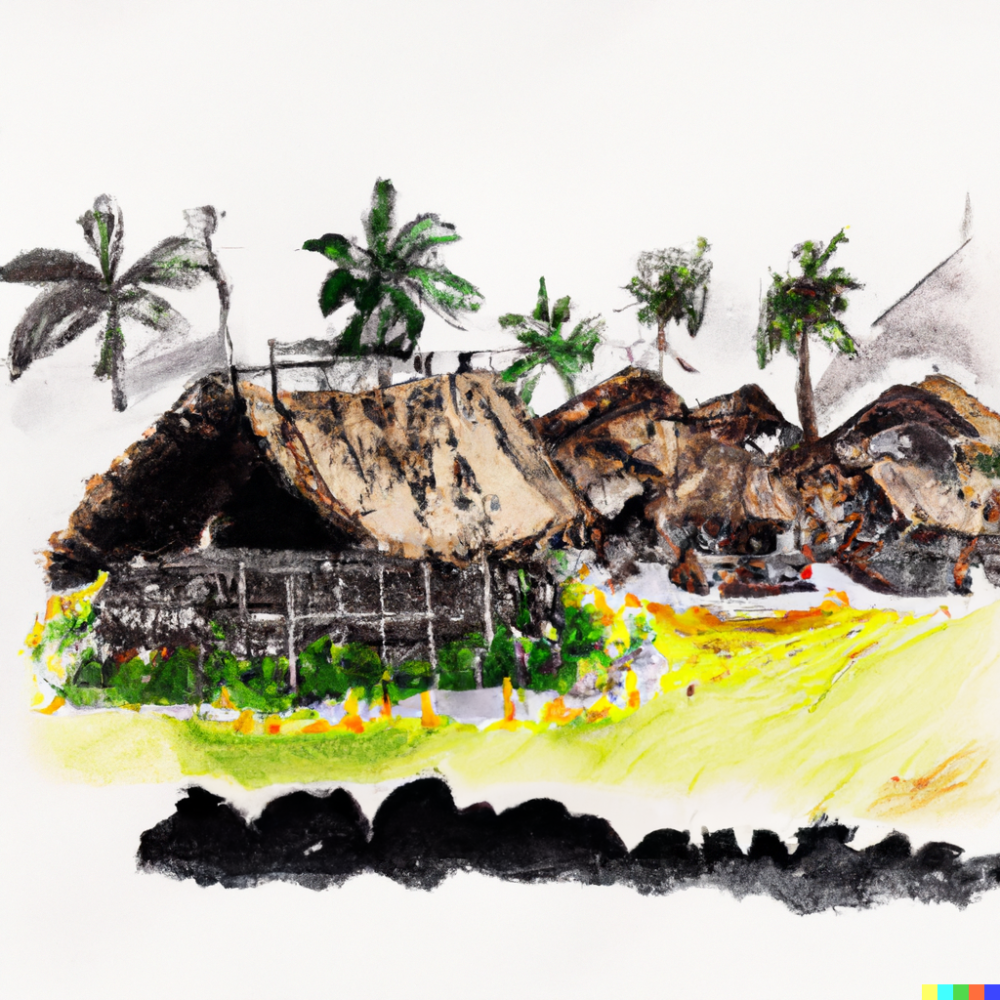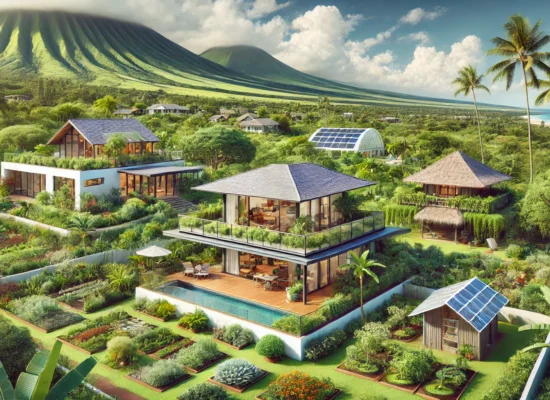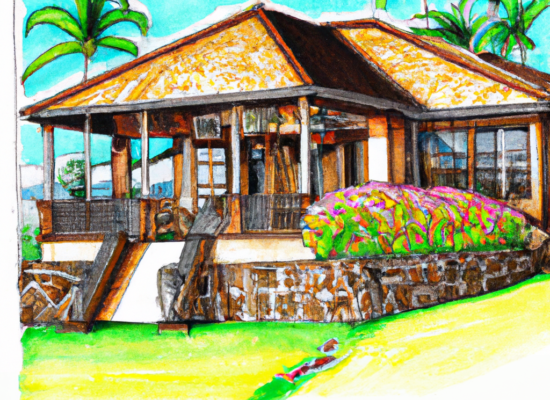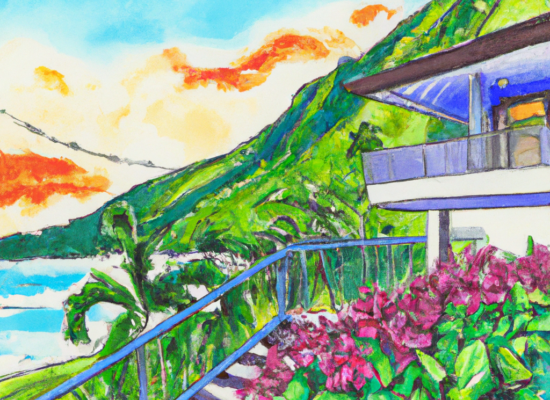Traditional Hawaiian Architecture: The Roots of Hawaii’s Built Environment
Hawaii, the beautiful archipelago in the Pacific Ocean, has a rich and unique architectural heritage that reflects its history, culture, and environment. Traditional Hawaiian architecture is characterized by simplicity, functionality, and harmony with nature. In this blog post, we will explore the roots of Hawaii’s built environment and how traditional Hawaiian architecture has influenced contemporary design.
History of Hawaiian Architecture
Built form in Hawaii has a long and fascinating history that dates back to ancient times. The earliest form of Hawaiian buildings was the hale, a simple thatched-roof hut made of native materials like grass, bamboo, and wood. These hales were used as dwellings, meeting places, and places of worship.
With the arrival of Europeans in the late 18th century, Hawaiian structures began to evolve and incorporate new materials and techniques. The introduction of new building materials like coral blocks, adobe bricks, and Western-style timber framing led to the development of more complex structures like the heiau (temple), the ali’i (chief’s) house, and the missionary-style houses.
Traditional Hawaiian Architecture
Traditional Hawaiian building form is characterized by its close relationship with nature and the use of natural materials. The traditional hale, for example, was constructed using a simple post-and-beam system with woven lauhala mats for walls and thatched roofs made of pili grass or ti leaves. These hales were designed to be easily assembled and disassembled, making them ideal for the nomadic lifestyle of the early Hawaiians.
Another example of traditional Hawaiian built form is the heiau, a temple or sacred place used for worship and ceremonial activities. Heiaus were constructed using large coral blocks and were designed to be aligned with the stars and other celestial bodies. The complex geometry of these structures reflects the Hawaiians’ deep knowledge of astronomy and their connection to the natural world.
In addition to their functional and aesthetic qualities, traditional Hawaiian buildings also had a spiritual significance. They were often imbued with mana, a life force or spiritual energy that was believed to be present in all living things. The careful placement of buildings and the use of sacred geometry were believed to enhance this mana and create a harmonious relationship between the built environment and the natural world.
Contemporary Hawaiian Architecture
Contemporary Hawaiian architecture has been influenced by traditional Hawaiian architecture, as well as modern design principles. Architects today strive to create buildings that are sustainable, energy-efficient, and responsive to the unique challenges of Hawaii’s environment.
One example of contemporary Hawaiian architecture is the Hawaii Gateway Energy Center, a research and education facility located on the island of Maui. This building features a unique “green roof” that helps to reduce heat gain and stormwater runoff, as well as solar panels and other energy-efficient features.
Another example of contemporary Hawaiian architecture is the Hokulea Training Center, a building designed to support the Hokulea, a traditional Hawaiian canoe. The building features a modern interpretation of the hale, with a simple post-and-beam structure and a thatched roof made of modern materials.
Preserving and Celebrating Hawaiian Architecture
Traditional Hawaiian architecture is an integral part of Hawaii’s cultural heritage, which reflects the native people’s deep connection to nature, spirituality, and practicality. The influence of traditional Hawaiian structural form is still evident in contemporary buildings, as well as modern design principles. The sustainable and eco-friendly architecture of Hawaii is designed to meet the unique challenges of its environment while maintaining its cultural identity. By preserving and celebrating Hawaii’s built form and heritage, future generations can appreciate and learn from this essential cultural legacy. Here are some key points that summarize our discussion:
- Hawaiian native architecture reflects the native island people’s deep connection to nature, spirituality, and practicality.
- Traditional Hawaiian architecture has influenced contemporary buildings and modern design principles.
- Hawaiian buildings strive for to be sustainable, eco-friendly, and designed to meet the unique challenges of the environment.
- Preserving and celebrating Hawaii’s architectural heritage is essential for future generations to appreciate and learn from this cultural legacy.
 Copyright secured by Digiprove
Copyright secured by Digiprove 



